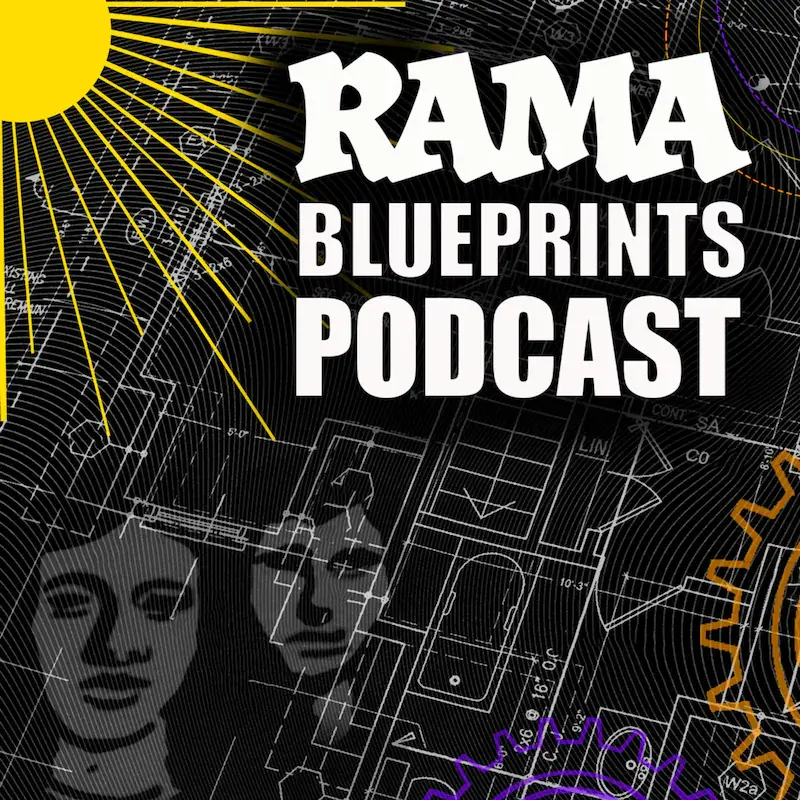Managing LGBTQ+ Intersectional Identities.
- Eduardo Morales, PhD.

- Aug 11, 2022
- 3 min read
Updated: Aug 23, 2022
By Eduardo Morales, Ph.D.

Over the years an ever-increasing body of research, studies and theories focused attention to the intersecting identities of LGBTQ+ persons. LGBTQ+ movement pioneers placed much attention to the importance of being open about one’s sexuality identity by coming out of the closet. Although this strategy fostered a very active LGBTQ+ civil rights movement it lacked attention to include other types of identities. Among LGBTQ+ persons, intersectionality includes some of the following concepts: ethnicity, race, religion, various expressions of gender, being an immigrant, different generations, ages, and many other ways to identify sexualities. Overtime more and more letters were added the acronym LGBTQ+ for embracing and including different sexualities that differ from the hetero-normative expressions commonly expected by general society. These broad-based social expectations run against those who feel their life experience differs from the social norm. How to manage the variety of the human experience places challenges on understanding strategies effective in managing what is commonly referred to as the intersectionality of LGBTQ+ identities.

In attempting to understand diversity and stigma, one theorist posed the idea of group differences as being a visible minority compared to being an invisible minority. In 1963 Erving Goffman noted that the challenges were different based on these two concepts causing stigma. For a visible minority, a person is forced to manage various reactions that were discrediting and caused stigma. In contrast those of an invisible minority need to manage the discrediting information in the form of commentaries and reactions about persons of the invisible minority status. They experience an implied and different form of stigma. By and large, most people presume a heterosexual preference at the exclusion of the realities of LGBTQ+ person’s lives. A unique dynamic of many LGBTQ+ persons is that they are an invisible minority until they disclose their identity by coming out. Interestingly, the coming out process is unique for LGBTQ+ who are in fact experience being an invisible minority.
In my peer reviewed, published writings found the professional literature, I proposed five identity states reflecting the different experiences of LGBTQ+ persons with intersectional identities who experience more than one state simultaneously and may resort to maladaptive ways of coping. In one state a person may deny that they experience stigma and oppression. In a second state a person may identify as bisexual because they view being gay or lesbian as having an exclusive association of being white and privileged. There is a third state where there is a conflict for prioritizing and choosing one part of themselves over the other. As source of anxiety this results in feeling stressed. Being forced to choose fosters ambivalence, does not resolve identity dilemma, nor helps to manage their intersectional identity. Consequently, various forms of anxiety and stress result in this identity state. In a fourth state the person develops a priority for identifying with one type of intersectionality construct over another.
The usual resolution is preferring one or more of their other minority status or statuses over being LGBTQ+ for reducing the anxieties and stressors they experience. In the fifth state the person develops a way to integrate their intersectional identities since this is reflective of their individuality and life experience. Attention is focused on changing the world’s view of LGBTQ+ intersectionality in order to incorporate and accept multiple identities. Developing social supports and organizations that affirm LGBTQ+ intersectional identities is extremely important for enhancing well-being, changing societies’ biases with its sources of oppression causing stigma and debilitating distress based on general misinformation and misunderstandings.

The SF Bay Area has various organizations and agencies affirming LGBTQ+ intersectional identities. Over the years events like Pride month include activities and parades. These events foster an appreciation for sexual diversity that commonly exists among humans. Having specialized organizations and with affirming events that embrace intersecting identities are critical in fostering a welcoming space and to better understand the complexities and processes for LGBTQ+ persons. These formal organizational structures and events are a source of information to educate the general society while providing a home-base and safety for LGBTQ+ with intersectional identities. Every day I am amazed at how more visible and affirming people have become with mass media affirmative LGBTQ+ programming increasing each day. These activities greatly help to change our social climate. Meanwhile, throughout the U.S. there are efforts to aggressively eliminate stating any words referring to LGBTQ+. Hence, it is important now more than ever to affirm LGBTQ+ intersectional identities through education, dialogue, activism, and by engaging our voices in various ways.





Comments